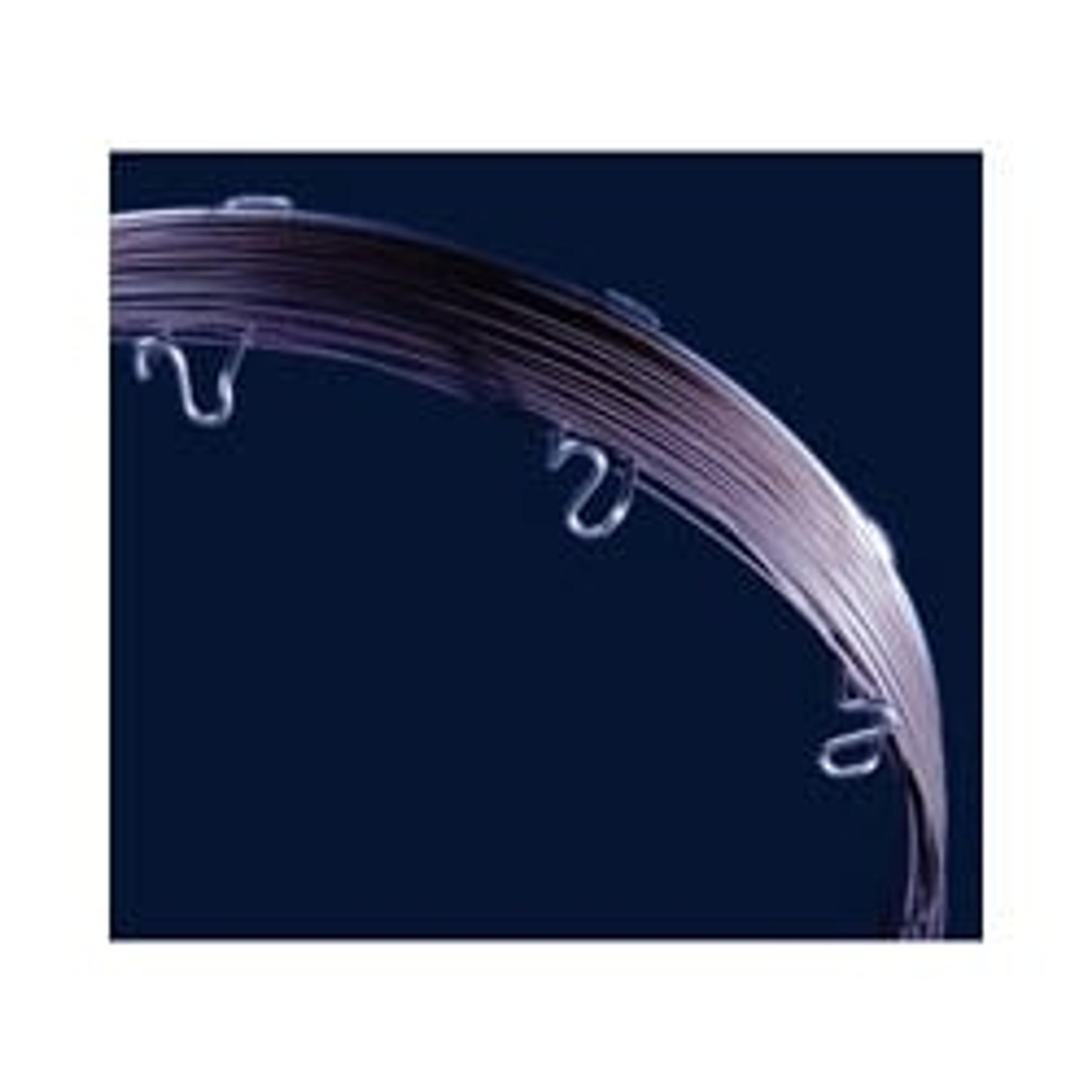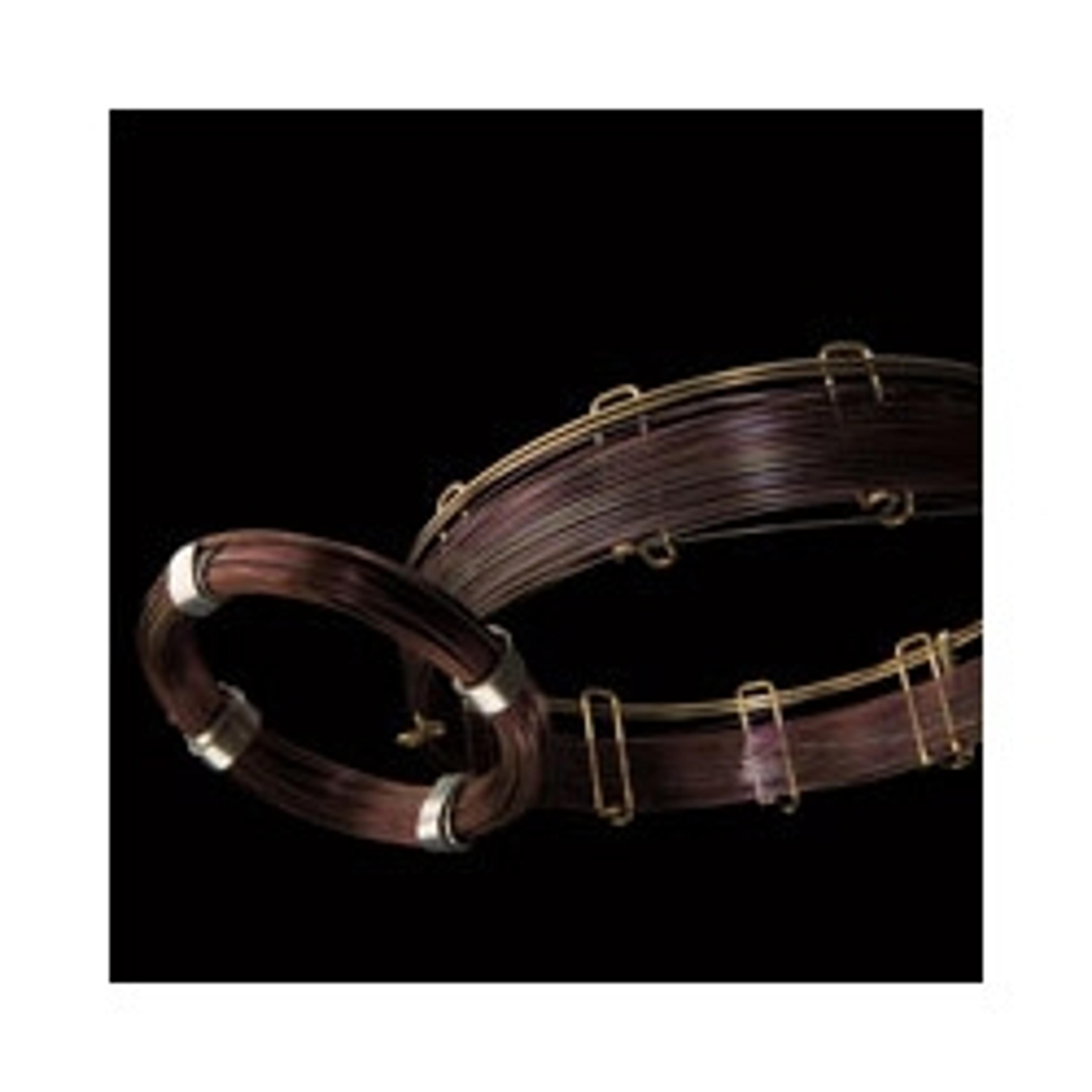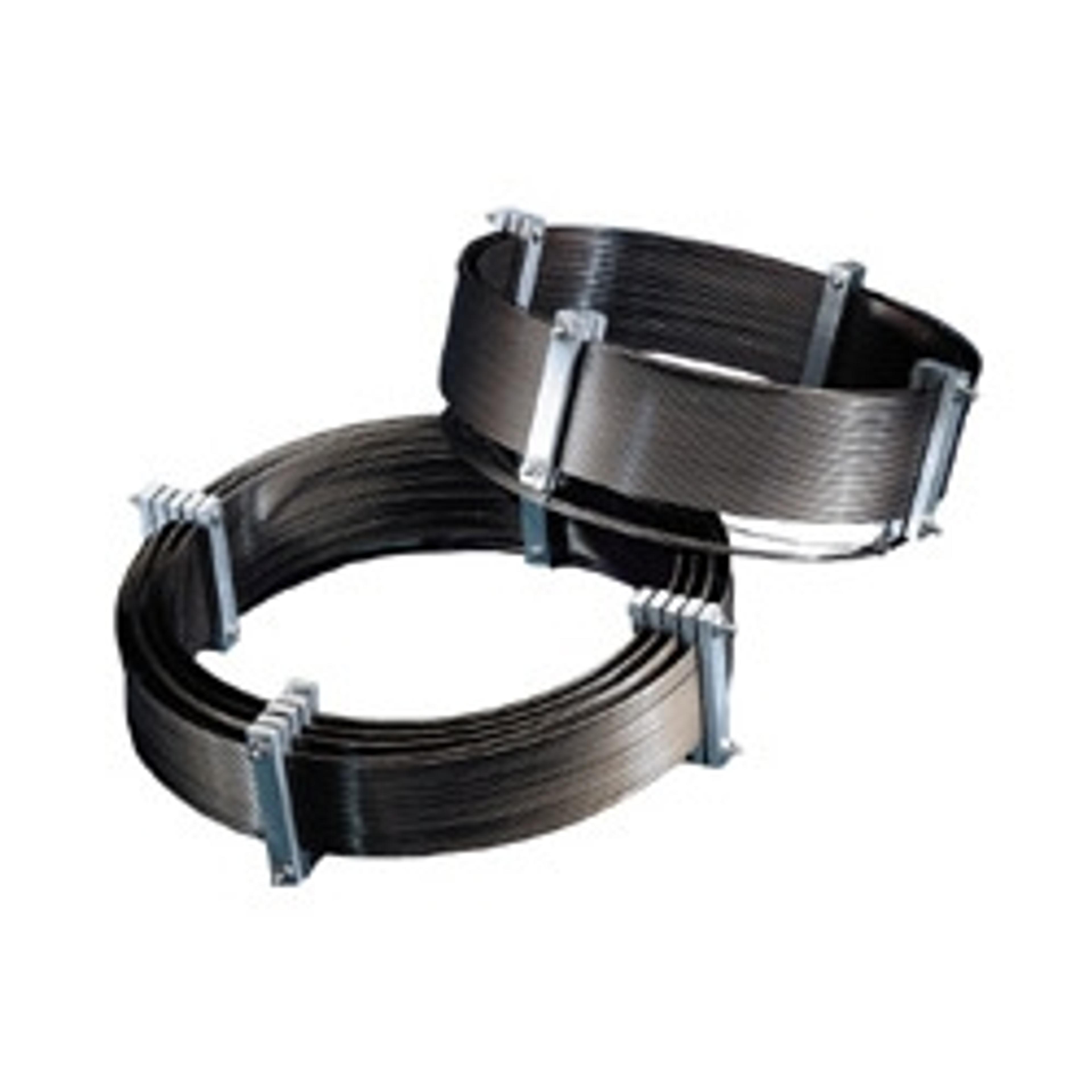Restek® MXT® Columns and the ESA Make Headlines From Space
28 Jan 2014
The European Space Agency (ESA) once again made the news when, awaking after 31 months of power-conserving hibernation, its Rosetta spacecraft sent a signal from beyond Jupiter to ESA’s mission control center in Germany. Already almost 500 million miles (800 million kilometers) away from Earth, Rosetta began its journey in 2004 and, this August, will finally reach the Comet 67P/Churyumov-Gerasimenko, which it will follow, study, and even land on. To accomplish its pioneering two-year research mission, Rosetta’s orbiter and lander carry a total of 21 scientific instruments, and Restek couldn’t be more proud that these instruments feature not one, but four MXT® GC columns.
Restek’s MXT® gas chromatography (GC) columns are made for environments with extreme temperatures and situations where the potential for column breakage is too high to rely on fused silica. In other words, whether your analysis is being done in the field, the refinery, or the farthest reaches of the solar system, our metal capillary columns are the reliable choice for great data. Other companies who developed products for the Rosetta mission are no longer in business, but Restek and our rugged MXT® columns are both still going strong.
According to Robert Sternberg, who was responsible for the space GC team at Laboratoire Interuniversitaire des Systèmes Atmosphéri¬ques (LISA) of the University of Paris XII:
“I would like to mention that all the columns selected for space mission are Silcosteel®-treated metallic capillary columns, and they have all been submitted successfully to space qualification tests such as vibration, radiation, and thermal cycles1, which demonstrated their robustness for space application.
Since the beginning, the Restek company has been more than a manufacturer providing LISA with columns. Indeed, it has been strongly collaborating and helping LISA to develop custom-made columns able to meet the requirements of such an unusual scientific goal for chromatographic columns. That is why LISA is very grateful to Restek for being this ideal partner without the help of which the study and development of chromatographic columns for space use could not have been possible.”
You can follow the accomplishments of the Rosetta craft and its on-board MXT® columns on Twitter at @ESA_Rosetta
Click on the company wesite or request info link below to learn more about MXT® columns and put one to the test today.



